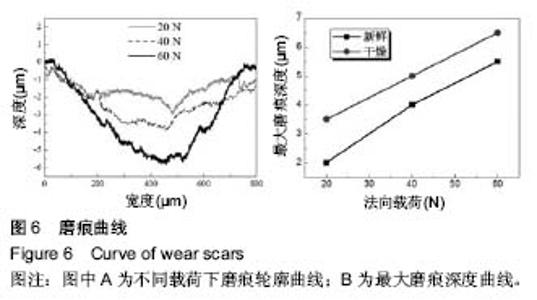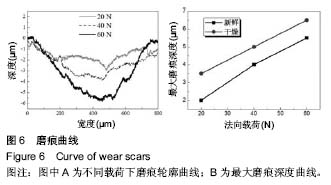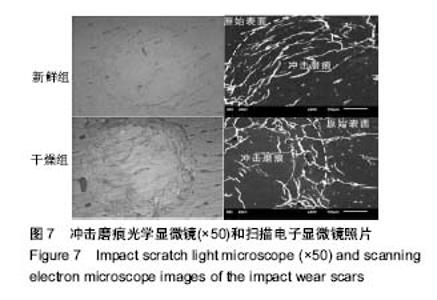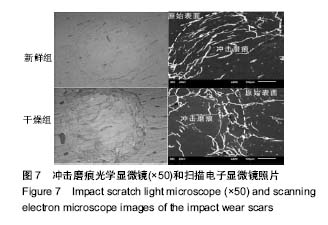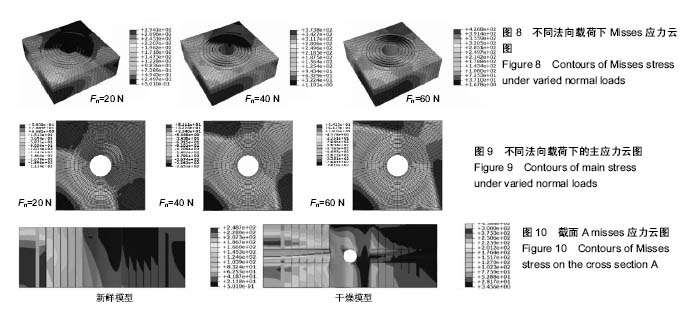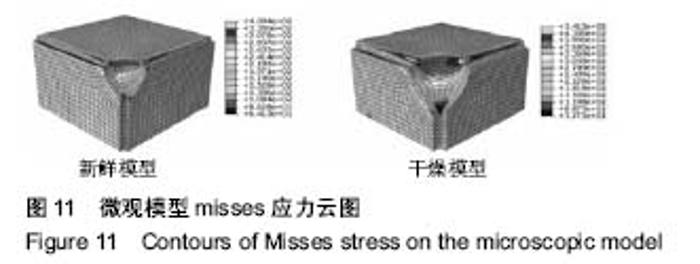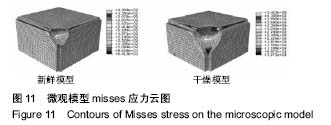| [1] Bouxsein ML, Boyd SK, Christiansen BA, et al. Guidelines for assessment of bone microstructure in rodents using micro-computed tomography. J Bone Miner Res. 2010;25(7): 1468-1486.[2] Gautieri A, Vesentini S, Redaelli A, et al. Hierarchical structure and nanomechanics of collagen microfibrils from the atomistic scale up.Nano Lett. 2011;11(2):757-766.[3] Olszta MJ,Cheng X, Sang SJ, et al. Bone structure and formation: A new perspective. Materials Science & Engineering R Reports. 2007; 58(3-5):77-116.[4] 王成焘.人体生物摩擦学[M].北京:科学出版社,2008.[5] 葛世荣.人体生物摩擦学的基础科学问题[J].中国科学基金, 2005, 2: 74-79.[6] Gebeshuber IC. Biotribology inspires new technologies. Nano Today. 2007; 2(5): 30-37.[7] 戴振东,佟金,任露泉.仿生摩擦学研究及发展[J].科学通报, 2006, 51(20): 2353-2359.[8] Braidotti P, Bemporad E, D'Alessio T, et al. Tensile experiments and SEM fractography on bovine subchondral bone. J Biomech. 2000;33(9):1153-1157.[9] Nyman JS, Roy A, Shen X, et al. The influence of water removal on the strength and toughness of cortical bone. J Biomech. 2006;39(5):931-938.[10] Cowin SC. Bone poroelasticity. J Biomech. 1999;32(3):217-238.[11] Fornells P, García-Aznar JM, Doblaré M. A finite element dual porosity approach to model deformation-induced fluid flow in cortical bone. Ann Biomed Eng. 2007;35(10):1687-1698.[12] Cowin SC, Cardoso L. Blood and interstitial flow in the hierarchical pore space architecture of bone tissue. J Biomech. 2015;48(5):842-854.[13] Cowin SC, Gailani G, Benalla M. Hierarchical poroelasticity: movement of interstitial fluid between porosity levels in bones. Philos Trans A Math Phys Eng Sci. 2009;367(1902):3401-3444. [14] Nobakhti S, Limbert G, Thurner PJ. Cement lines and interlamellar areas in compact bone as strain amplifiers - contributors to elasticity, fracture toughness and mechanotransduction. J Mech Behav Biomed Mater. 2014;29: 235-251.[15] 蔡振兵,朱旻昊,高姗姗,等.人股骨密质骨横断面径向微动行为[J].上海交通大学学报, 2008, 42(5): 707-710.[16] 刘冠辉.骨组织力学特性和重建的数值模拟及分析[D].南京:南京航空航天大学,2005.[17] 刘娟,沈火明,蔡振兵,等.人皮质骨径向微动损伤有限元分析与试验验证[J].润滑与密封, 2010, 35(9): 13-17.[18] Verbruggen SW, Vaughan TJ, McNamara LM. Strain amplification in bone mechanobiology: a computational investigation of the in vivo mechanics of osteocytes. J R Soc Interface. 2012;9(75):2735-2744.[19] Zheng J, Weng LQ, Shi MY, et al. Effect of water content on the nanomechanical properties and microtribological behaviour of human tooth enamel. Wear.2013; 301(1-2): 316-323.[20] Lievers WB, Poljsak AS, Waldman SD, et al. Effects of dehydration-induced structural and material changes on the apparent modulus of cancellous bone. Med Eng Phys. 2010; 32(8):921-925.[21] Hogan HA.Micromechanics modeling of Haversian cortical bone properties.J Biomech. 1992;25(5):549-556.[22] 罗吉.股骨多尺度有限元分析[D].重庆:重庆大学,2011.[23] Johnson TP, Socrate S, Boyce MC. A viscoelastic, viscoplastic model of cortical bone valid at low and high strain rates. Acta Biomater. 2010;6(10):4073-4080.[24] Reilly GC. Observations of microdamage around osteocyte lacunae in bone. J Biomech. 2000;33(9):1131-1134. |
